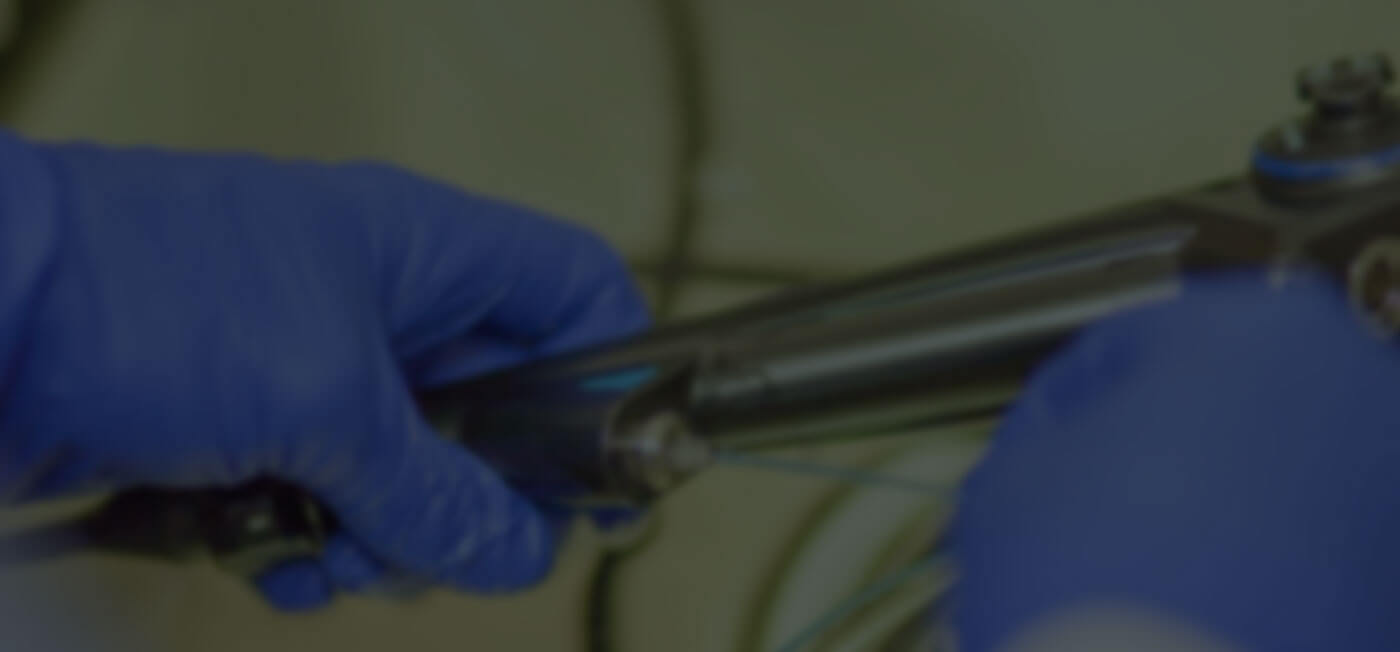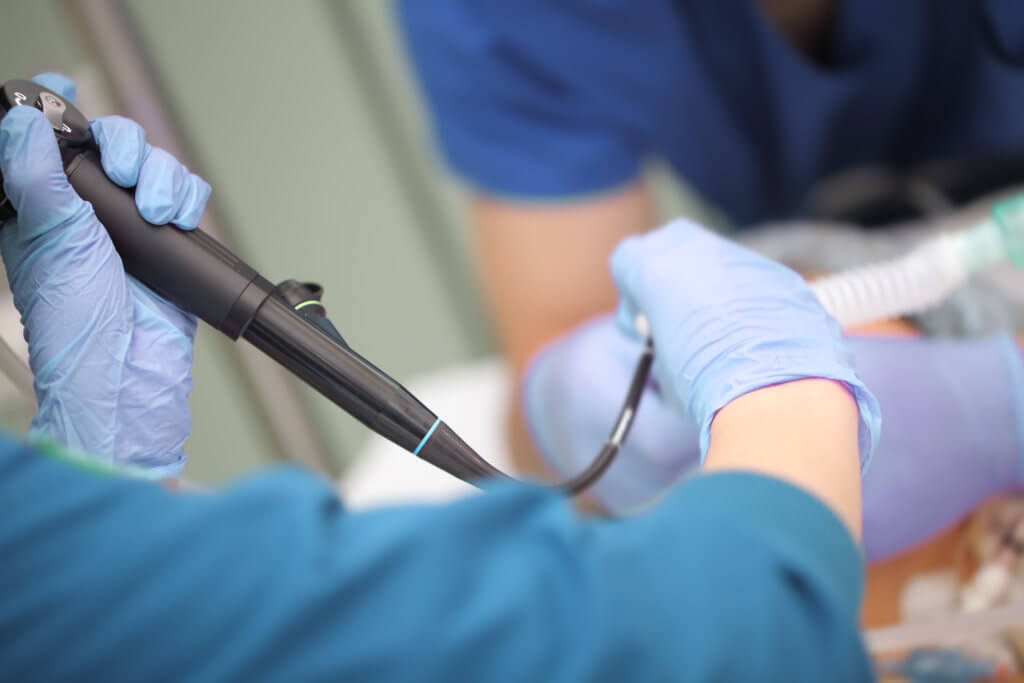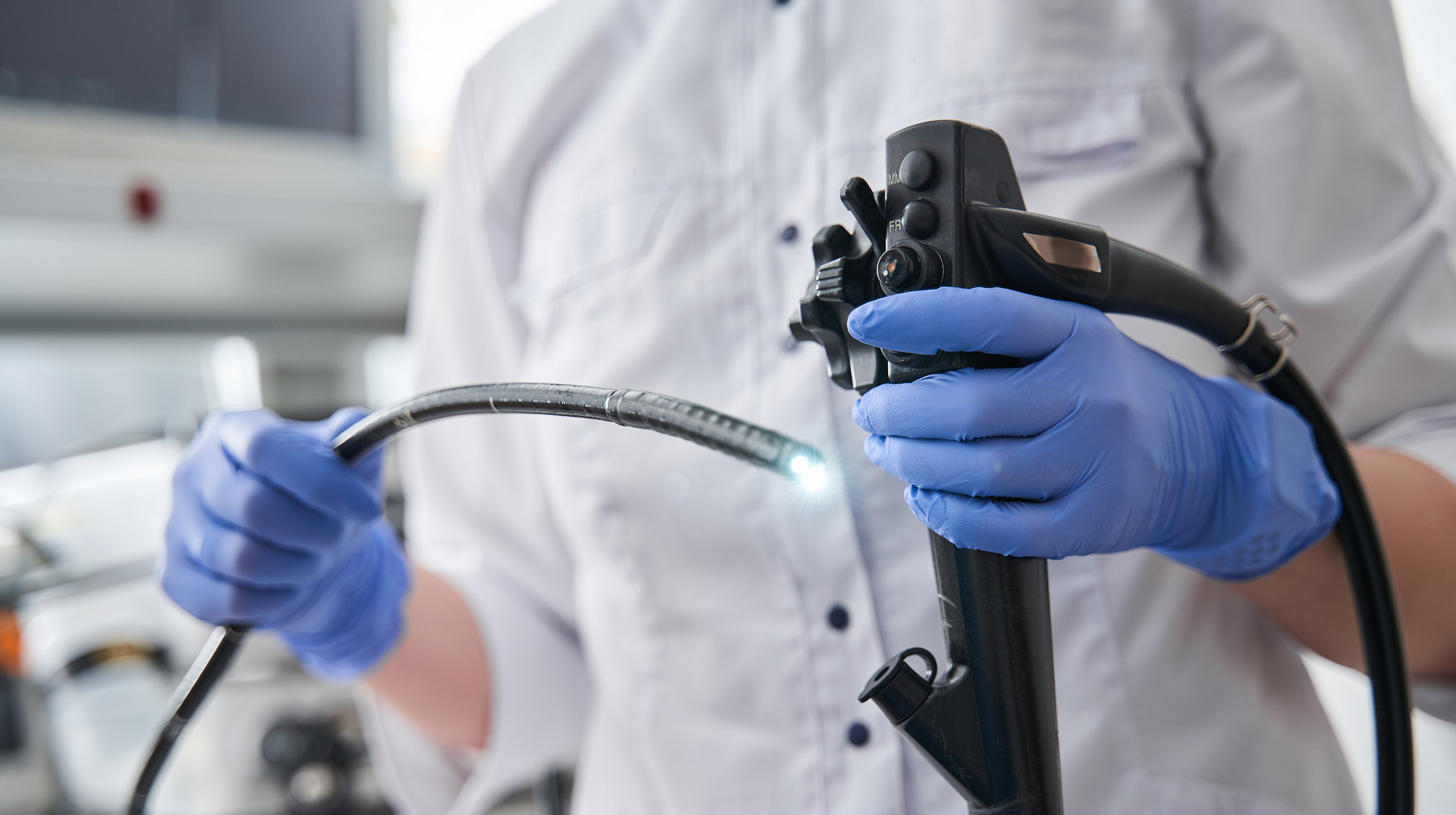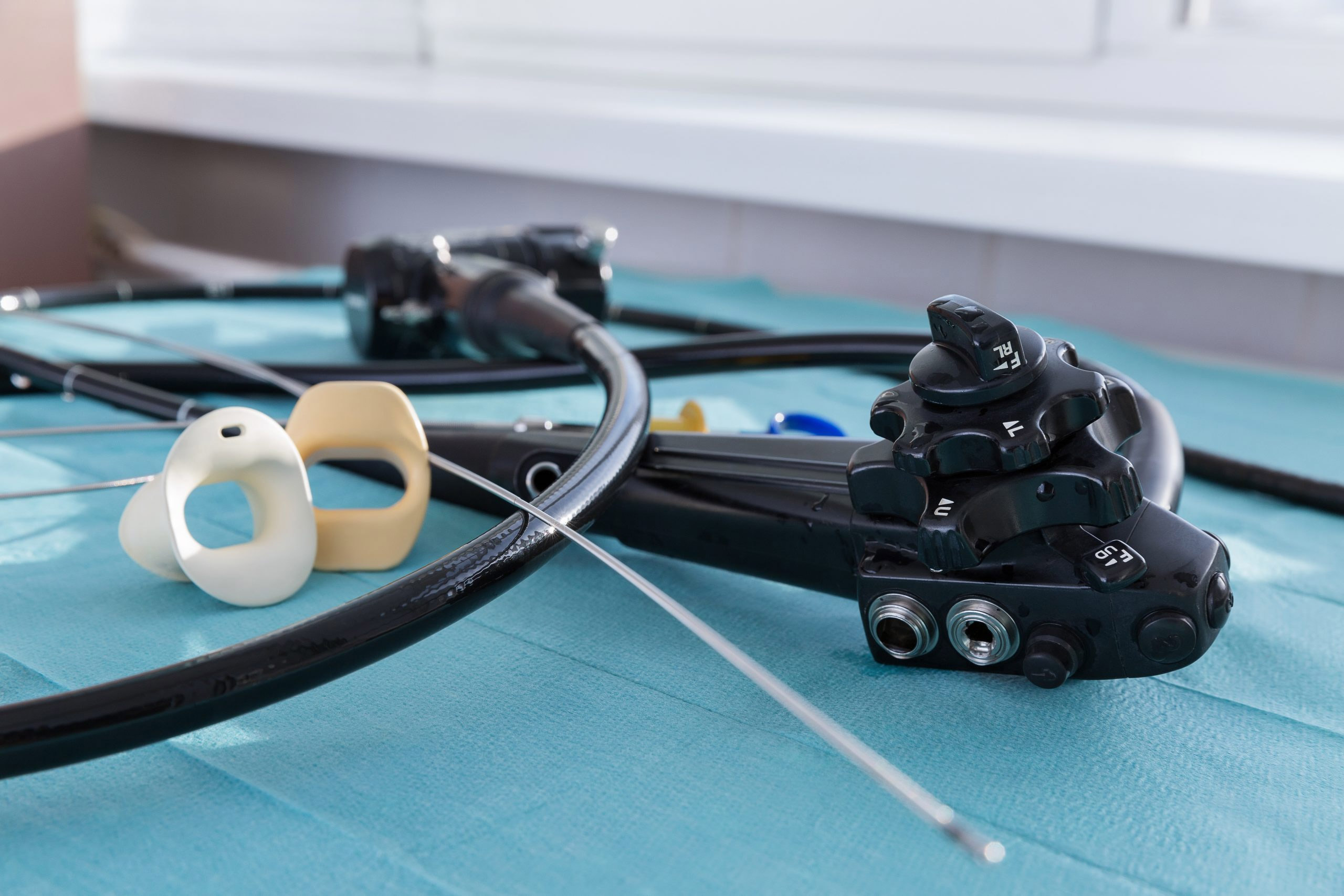
Hospitals experience high demand for patient-ready bronchoscopes compared with other endoscopy programs. To meet that need they keep large inventories of the instruments on hand, and that creates a host of reprocessing challenges.
Because bronchoscopy is different, hospitals should consider switching from high-level disinfection (HLD) of reusable bronchoscopes to sterilization methods or single-use bronchoscopes. It makes financial sense.
That’s according to a new study, “Managing Bronchoscope Quality and Cost: Results of a real-world study,” conducted by Cori L. Ofstead, MSPH; Krystina M. Hopkins, MPH; John E. Eiland, RN, MS; Harry P. Wetzler, MD, MSPH. It focused on four accredited hospitals diverse in size and location.
Enter your email below to download the study:
The study builds on a related study last year, published in Chest Journal, that examined the effectiveness of the cleaning processes for reusable bronchoscopes.
Bronchoscopes, a type of endoscope, are delicate instruments that enable practitioners to see the airways to the lungs and perform interventions such as lung biopsies or removing pus and tumors. Reusable bronchoscopes also pose a high risk of cross-contamination. Sterile, single-use bronchoscopes can combat the spread of antibiotic-resistant bacteria.
The real-world costs for procedures with reusable bronchoscopes (ranging from $281 to $803) are comparable or higher than the cost of a sterile, single-use bronchoscope ($220 to $315), according to the study.
And the authors found a number of policies, practices and products in place at the four hospital study sites. The result was a decentralizing effect making it difficult for hospital administrators to ensure that bronchoscope reprocessing is done correctly and in a timely manner, every time, the study found.
Three of the four sites in the study were buying single-use bronchoscopes to contain costs and reduce risks from delayed reprocessing or quality problems related to procedures done after hours or in the emergency room. Two of the sites studied began to retire old and infrequently used bronchoscopes, one way to save money on maintenance and reprocessing costs.
These and other strategy changes “are critically important because recent research shows that current reprocessing methods (generally with HLD) are not effective enough to ensure that bronchoscopes are free of contamination after reprocessing,” the study’s authors write. “Therefore, alternatives are not only economical but critical to improving quality and ensuring patient safety.”


